|
|
|
|
|
Image Gallery for Dichromorpha elegans - Elegant Grasshopper
|
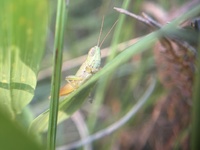 | Recorded by: Larry Chen, Sarah Toner
Craven Co.
Comment: | 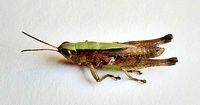 | Recorded by: Mark Basinger
Brunswick Co.
Comment: |
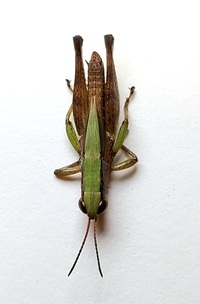 | Recorded by: Mark Basinger
Brunswick Co.
Comment: | 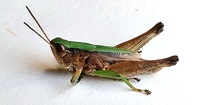 | Recorded by: Mark Basinger
Columbus Co.
Comment: |
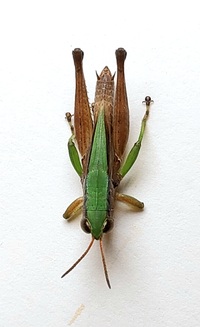 | Recorded by: Mark Basinger
Columbus Co.
Comment: |  | Recorded by: Mark Basinger
Carteret Co.
Comment: |
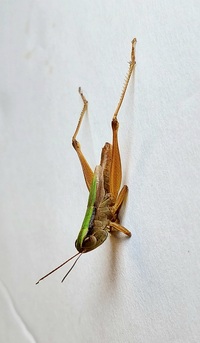 | Recorded by: Mark Basinger
Carteret Co.
Comment: | 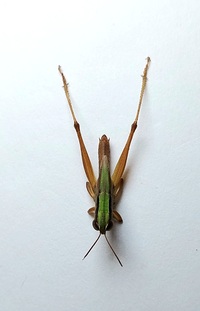 | Recorded by: Mark Basinger
Carteret Co.
Comment: |
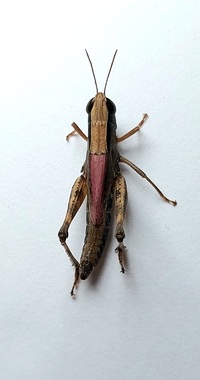 | Recorded by: Mark Basinger
Carteret Co.
Comment: | 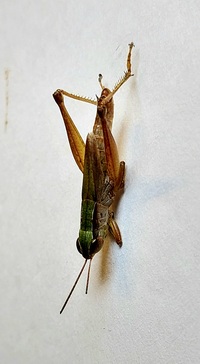 | Recorded by: Mark Basinger
Carteret Co.
Comment: |
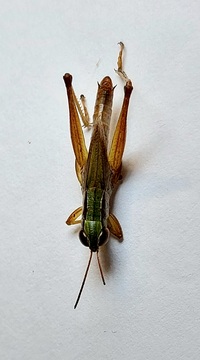 | Recorded by: Mark Basinger
Carteret Co.
Comment: |  | Recorded by: Mark Basinger
Carteret Co.
Comment: |
 | Recorded by: Mark Basinger
Carteret Co.
Comment: | 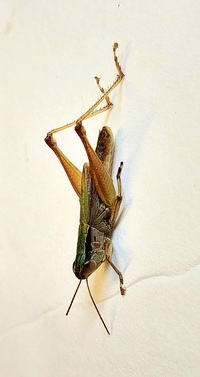 | Recorded by: Mark Basinger
Onslow Co.
Comment: |
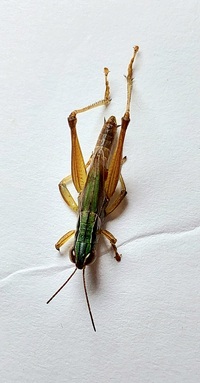 | Recorded by: Mark Basinger
Onslow Co.
Comment: |  | Recorded by: Mark Basinger
Onslow Co.
Comment: |
 | Recorded by: Mark Basinger
Onslow Co.
Comment: | 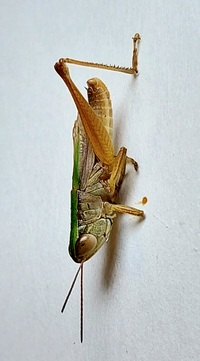 | Recorded by: Mark Basinger
Brunswick Co.
Comment: |
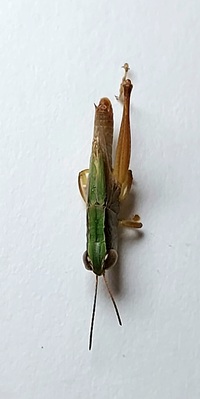 | Recorded by: Mark Basinger
Brunswick Co.
Comment: | 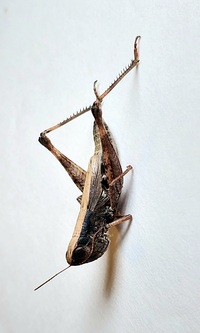 | Recorded by: Mark Basinger
Brunswick Co.
Comment: |
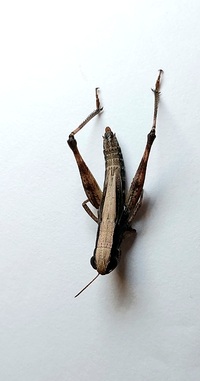 | Recorded by: Mark Basinger
Brunswick Co.
Comment: | 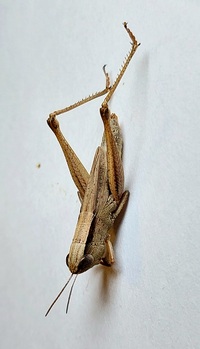 | Recorded by: Mark Basinger
Brunswick Co.
Comment: |
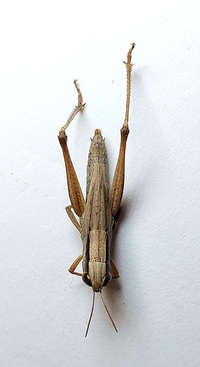 | Recorded by: Mark Basinger
Brunswick Co.
Comment: | 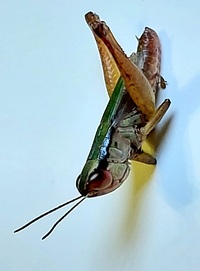 | Recorded by: Mark Basinger
Columbus Co.
Comment: |
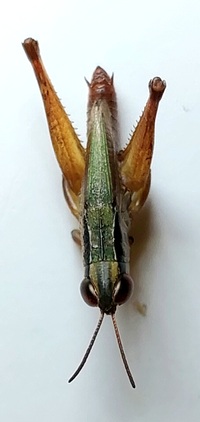 | Recorded by: Mark Basinger
Columbus Co.
Comment: | 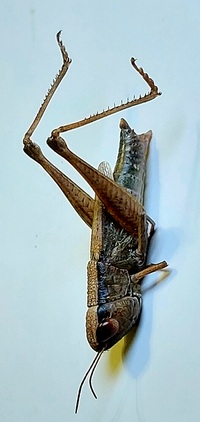 | Recorded by: Mark Basinger
Brunswick Co.
Comment: |
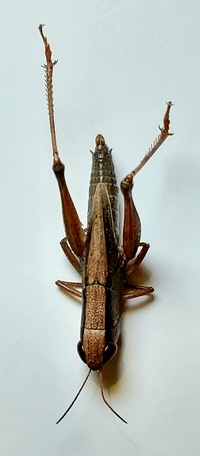 | Recorded by: Mark Basinger
Brunswick Co.
Comment: |  | Recorded by: Mark Basinger
Brunswick Co.
Comment: |
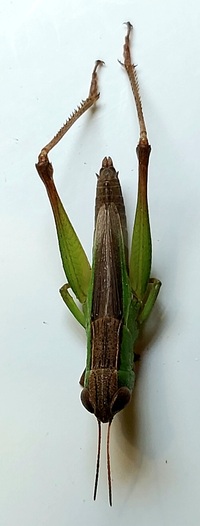 | Recorded by: Mark Basinger
Brunswick Co.
Comment: |  | Recorded by: Mark Shields
Onslow Co.
Comment: |
 | Recorded by: Mark Shields
Onslow Co.
Comment: |  | Recorded by: J.B. Sullivan
Carteret Co.
Comment: |
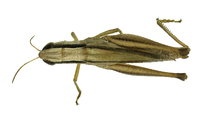 | Recorded by: J.B. Sullivan
Carteret Co.
Comment: | 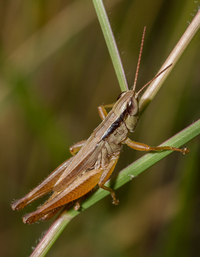 | Recorded by: Stephen Hall, Bo Sullivan, Arno Schadt
New Hanover Co.
Comment: Several seen in marsh grasses along the Cape Fear River. |
|
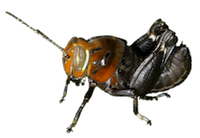
 »
»



 »
»

